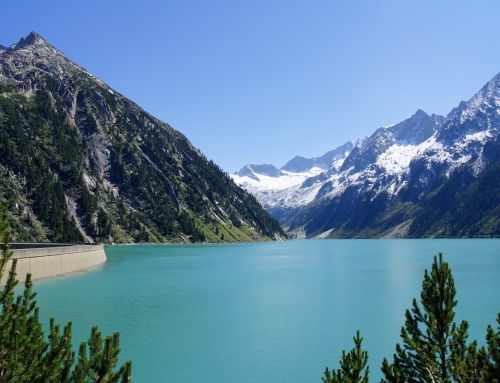The modern home warranty program is a result of the leaky condo crisis that happened in British Columbia from the 80s to around the 2000s.
According to the Homeowners Protection Act, new homes built in B.C. by licenced, accredited builders must now be covered by third-party home warranty insurance. At minimum, home warranty insurance must cover 10 years on the structure of the home, 2 years on labour and materials, and 5 years on the building envelope, which is the physical separator between the interior and exterior of the home. These are the toughest regulations in Canada.
The leaky condos occurred because developers loved the Mediterranean-style housing you see in California and because it was more economical and involved cheaper materials. Builders decided to introduce this style to British Columbia to, unfortunately, harmful consequences. Common elements of the Mediterranean style are stucco walls, arched windows, and roofs without any overhangs or eves. All of these features, while look amazing, are terrible in the Pacific Northwest climate, offering opportunities for water leakage and damage.
In most instances, the problem wasn’t known until decades late. The home had most likely been purchased from the original homeowners and the new owners were faced with a problem they didn’t create, by a builder they did not hire, and the government was left with the bill.
In the 90s and 2000s, building requirements were introduced to ensure that the leaky condo crisis never happened again. Municipalities were given more power and oversite over the building industry.
Prior to the leaky condo crisis, design professionals did not have to be accredited or require performing reviews during construction. Now builders must do more training, have more insurance, and be accredited.
The National Building Code has also introduced changes to require greater sealing of exterior walls to prevent infiltration of moisture into the interior of the building. In most Canadian climates, vapour infiltration into the walls cause condensation and significantly reducing performance which also increases energy consumption.
Modern technology has also played a huge part in preventing leaky condos. There have been some key advances in Rain screen technology which allows any water that doesn’t enter between the building paper and the exterior siding to exit or dry out before it can enter the building itself.
Another key is that rainwater is collected and charged in sumps, tanks or other retention systems and fed back into the city storm system gradually. Water is taken off the roof via downpours and enters pipes which are buried in the ground. It is the most sustainable rainwater system and something more developments are using.
Recently there has been new attention to energy performance and green innovations. More homes are using technology like the heat recovery ventilator which is an energy recovery system which employs a counter flow heat exchanger between incoming and outgoing air flow. This ventilator provides fresh air and improves climate control while saving energy and reducing overall cost.
While the leaky condo crisis estimated to cost somewhere in the ballpark of $4 billion and damage thousands of homes and buildings, there was some good that came of it. Builders are better trained and the municipalities have tighter control in the form of regulations, ensuring new homes are of the highest quality.












